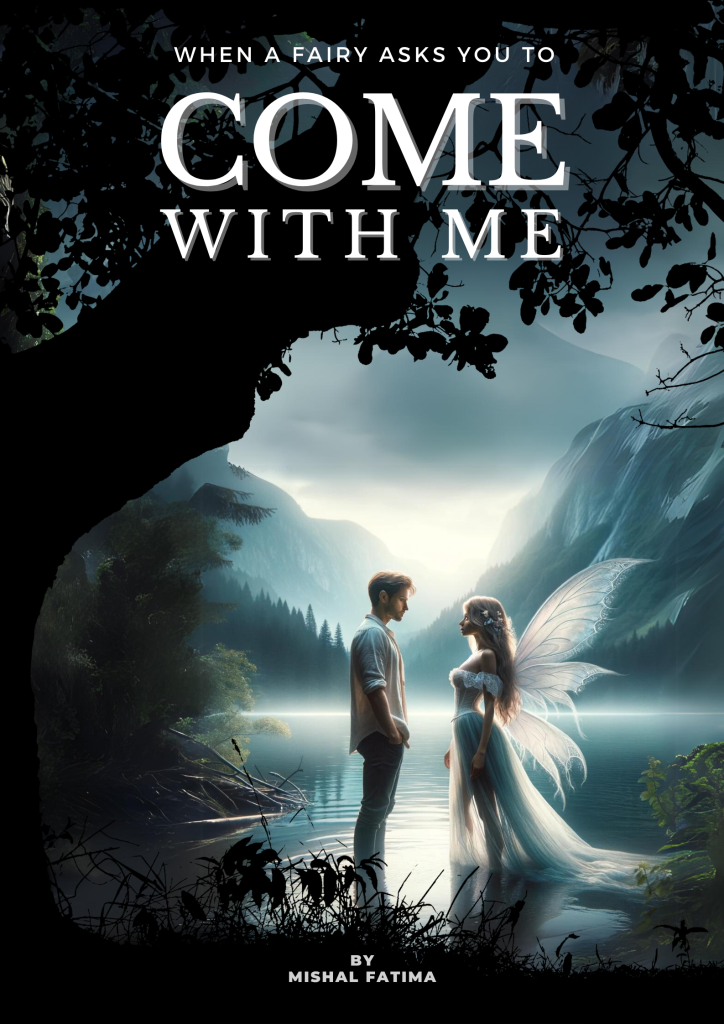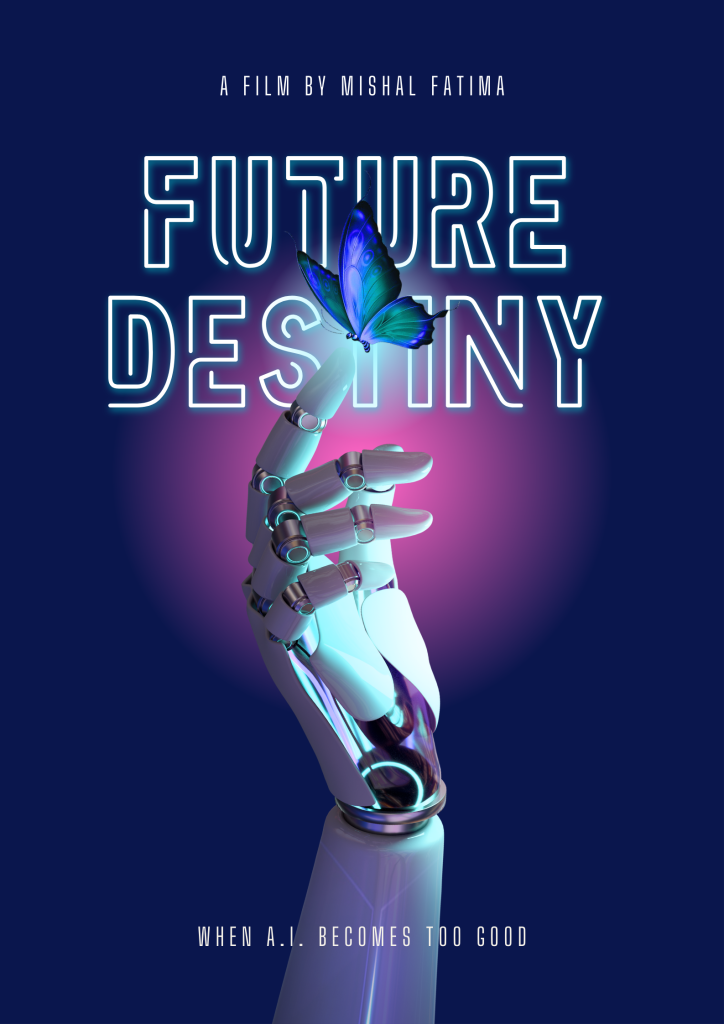Character Development in Screenwriting
Creating characters that linger in the audience’s memory long after the screen fades to black is the hallmark of great screenwriting. Memorable characters are those that viewers can relate to, empathize with, and see reflections of their own experiences and emotions. Here’s how to craft complex characters that truly resonate.
Diversity in Screenwriting
In the evolving landscape of film and television, the call for diversity in screenwriting has never been loude. Diversity in storytelling encompasses race, gender, sexuality, religion, and disability, aiming to reflect the multifaceted world we live in. This inclusion enriches narratives, broadens audience engagement, and fosters a deeper understanding and acceptance among viewers.
Screenplays vs novels
As a writer, storyteller, or avid consumer of narratives, you might have pondered the distinctions between screenplays and novels. Both mediums serve the purpose of conveying stories, yet they operate within markedly different frameworks. Understanding these disparities is crucial for anyone aspiring to craft compelling scripts or prose. Here are five significant disparities between screenplays and novels:













